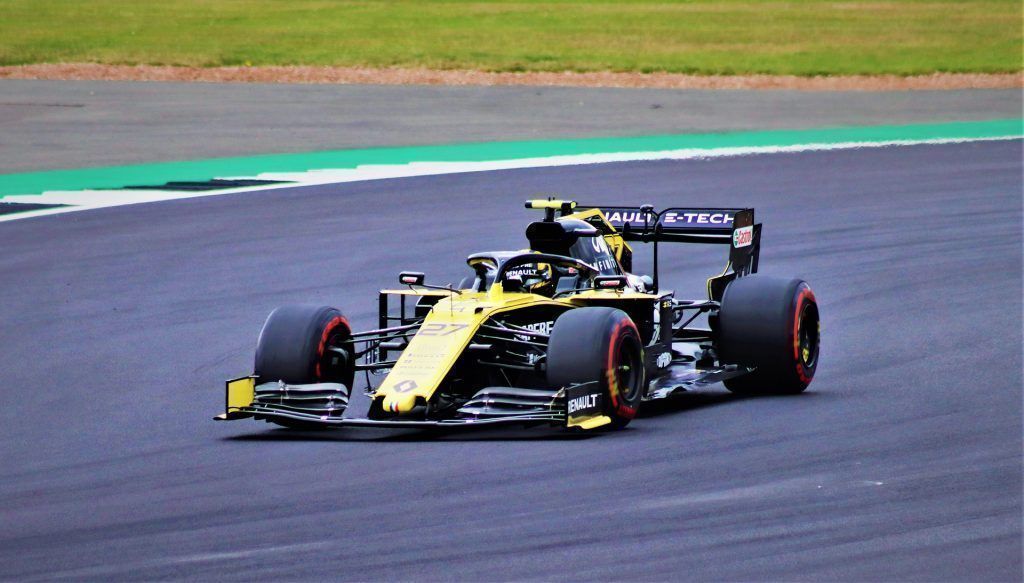The special sponsorship of F1
In the world of Formula 1, it is not always easy to understand the merit and very often wrongly, the term “paying driver” comes up when mentioning a driver who has acquired his wheel in a certain car for so-called financial reasons.
The F1 teams, ten in number for this 2021 season, are real companies, each with thousands of employees. The notion of sports sponsorship then takes on its full meaning, like a soccer or rugby club or simply an athlete looking for major sponsors. And just like independent athletes, Formula 1 drivers have the ability to be sponsored by private companies, to the delight of their team. Explanations.
Paid pilot in 2021 ?
This season, even the much maligned Mazepin does not pay directly for his steering wheel. As his father’s company has a significant stake in the Haas team, it is impossible to say legally that he is paying for his driving, although the correlation between the team’s activities and the shareholding is intimately linked to his presence behind the wheel of his single-seater.
In the same principle, Lance Stroll takes advantage of the fortune of the shareholder Lawrence Stroll to drive his Aston Martin. But unlike Mazepin, the Canadian did prove that he had a real talent and that his place in Formula 1 was not necessarily stolen.
A pilot always brings his sponsors
The nuance is therefore sometimes very fine and becomes easily understandable when you have fun comparing the sponsors present on the cars each season, according to their occupant. Carlos Sainz Jr. has, for example, dragged with him, from Renault to Ferrari through McLaren or Toro Rosso at the time, a famous brand of Spanish beer. The example is passed on by all current Formula 1 drivers.
As such, Hamilton can also be considered a paying driver, since he brings, thanks to his personal sponsors, a massive influx of money to his team every year. Even the greatest Formula 1 champion in history, still neck and neck with Michael Schumacher, with seven world championship titles and considered one of the richest sportsmen in the world, is a driver who can be described as “paying”.
Here is why it is important to conceive the disparities between each case and to get out of a particular utopia that the fans of Formula 1, and of motor sport in general, tend to see. The road to the most prestigious discipline cannot exist without money and support offered by one or more companies to a young talent, since its first years in lower categories.
Financial battle ?
There are recent and easily transposable examples to our recent explanations in the heart of this new Formula 1 season started a few weeks ago in Bahrain. These examples concern three drivers, namely Nico Hülkenberg, Sergio Perez and the two-time world champion, Fernando Alonso.
At the end of 2020, the second seat of the much desired Red Bull is officially open. Two drivers are then favorites to be led by Christian Horner: Hülkenberg and Perez. The latter having been informed that he would no longer be driving his Racing Point for 2021. The final argument will be undoubtedly financial since Perez is since the beginning of his career, supported by Carlos Slim, one of the world’s greatest fortunes. Without Perez paying a single cent, he brings to Red Bull through his personal contracts, a check that would be, according to some rumors, around 26 million dollars annually.
Hülkenberg will be saddened for a second time to learn that his sponsors will not be as generous as those of a certain Alonso (Kimoa among others, the driver’s brand) during the choice of the second bucket available at Renault, which became Alpine this season.
If the sporting merit counts the best pilots of the earth, the Formula 1 remains a world where the finance takes precedence. Logically.
